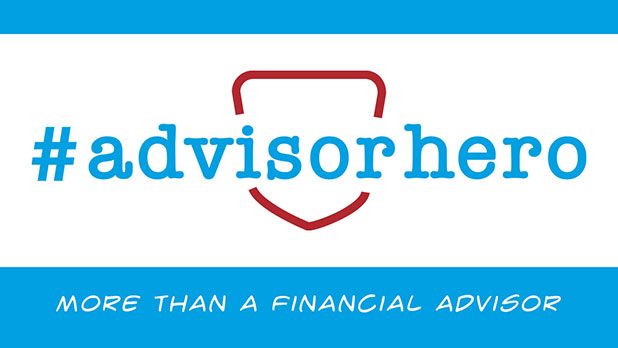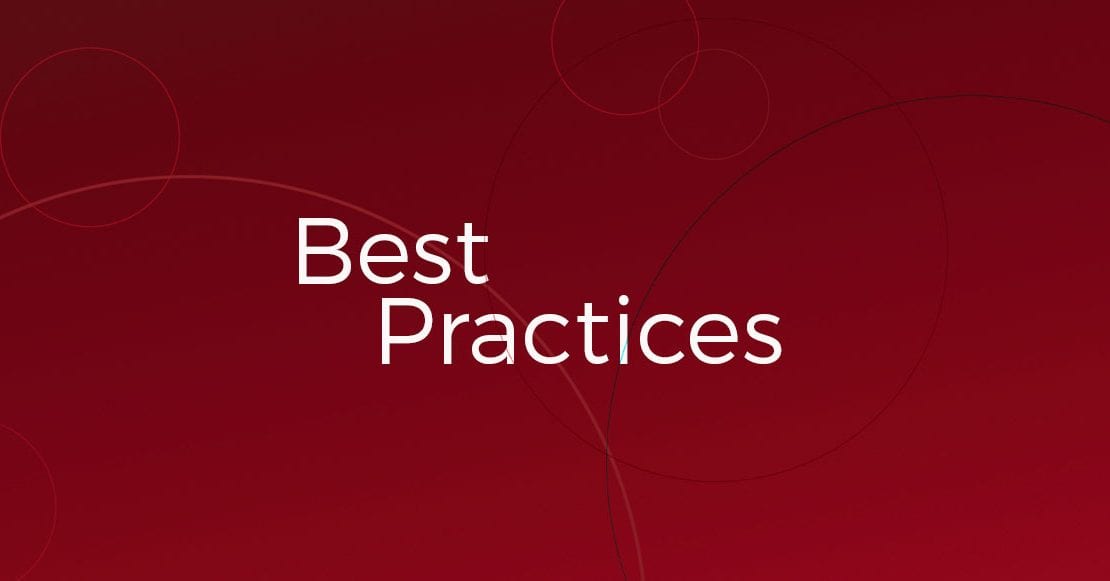For some a crisis may result in incredibly busy periods; for others it may mean they actually have more time than usual. If you are currently working from home due to COVID-19, you may find yourself in both of these positions throughout the course of a week. Your clients may be more in need of your time than usual; at the same time, you’re likely engaged in fewer extracurricular activities and spending little to no time commuting.
If you do find that you currently have extra time that you would like to spend in an effort to improve the quality of your work life, your processes, etc., we’re offering this as the second in a series of posts we hope you’ll find useful (the first is available here). Maybe all of these ideas won’t apply to you; maybe you already practice some of them. Either way, if we can help you bolster any area of your business through any of these suggestions, that will be pandemic downtime well spent.
In this second post (from Redtail Trainer Hayley Mandrup), we’ll consider some of the practical aspects of creating a client communications plan.
Communicate with purpose

When it comes to communicating with clients, finding a strategy that is both practical for your office and in line with your clients’ individual expectations can be a challenge. Some of the questions you may find yourself asking include: How much do I contact them with business-related communications? What am I required to notify them about? How can I communicate with them according to my compliance requirements? How do I strike a proper balance between sharing content that is compelling, entertaining, or simply informative?
These types of communication questions and many others like them are common in advisory practices. And the good news is there is a practical solution: Make a communications plan! When you begin to communicate with purpose, clients have consistent experiences, and office communication tasks are streamlined.
Start with segmentation
To manage communications that are a part of the client relationship as it develops, segment out your service levels or service packages. Then, you will be able to define which service levels receive the distinct communications you intend to deliver and to which “communication list(s)” they should be added.
For example, if you segment clients by their level of assets under management, a $1 million client could expect birthday gifts, client and marital anniversary cards, an option to opt into a market update newsletter, an invitation to an exclusive client appreciation event, and so on.
As prospects become clients, their communication list will vary based on their determined service level. This act of segmenting clients is, in an of itself, an important allocation of firm resources. In many cases, the majority of a firm’s income can be traced to the top 30% of clients or less. You’ll want to scale your communications mix with those clients accordingly, recognizing that their business, in some cases, supports the services you are able to offer other clients.
Associate communication lists with service levels
Breaking down the expected client experience for each service level is the next step. Everyone needs to receive an ADV and/or WMA, so those are included in all the service level cadences. But what other pieces of value can be added at little or no cost, and perhaps included at every level of service? Recipe recommendations around Thanksgiving? Hiking trail locations in the spring, summer, or fall? Volunteer organization contact information for local charities to encourage clients’ community involvement? These are just a few ideas for topics you might consider creating “extra” touchpoints at different times during the year to stay in contact.
Begin by mapping out a client cycle. What emails/letters/phone calls/texts should we have with prospects? In what order? What should the timeframe be between communications? Then, once they become a client or decide to move forward, what happens next. As soon as they are a client, they will be placed into the appropriate client service level and added to any essential lists or reports within your contact management system to ensure they receive the necessary communications.
Communications independent of service level
It is important to remember that correspondence doesn’t stop here. What about when life events happen? How does your office acknowledge new family members or provide resources through tough situations like divorce or the loss of loved ones? Not every email or letter can or should be templated all the way through; but, brainstorming ahead of time the three or four things that your office can communicate during these different scenarios helps to streamline what can be difficult communications when these things actually happen.
Also, consider the end of the client relationship. This can occur by the choice of the client, the choice of your firm, or through the client passing away, three very different ways of the relationship ending with each requiring their own correspondence cadence and timeline.
As with the beginning of the client relationship, start by asking what is required, what is helpful, and what can you add that represents your office’s values. This could be a drip campaign for clients that ended services by their own choice, or a final birthday card on the year after they ended services.
For a deceased client, this could be attending their memorial or funeral (if appropriate) or sending flowers to the living spouse on the first marital anniversary afterwards. Keep in mind that not everything should be templated or canned; part of the reason your clients appreciate you is that personal experience that they receive. Consider preparing several different options and leaving the final decision up to the advisor when a scenario actually happens. This is the perfect combination of preparedness and personal touch.
What would you expect? Plan accordingly
In summary, mapping out a communication plan for contact and client relationships can be a daunting task. But, a little time up front will save much time later. Think about planning out communication strategies as a way to ensure that clients receive the top-notch level service that you would like them to experience, the top-notch level service that you would like to experience, were you in their shoes.
Depending on resources available, start with a bare bones structure that only includes required materials. Ask yourself and others in your firm: “If you were the client and that is all you received, would you be satisfied as a client in the relationship?” If the answer is no, start to brainstorm ideas on how to engage clients in a way that is genuine and captivating, and that fosters the type of client-advisor relationship that it is your goal to provide.


